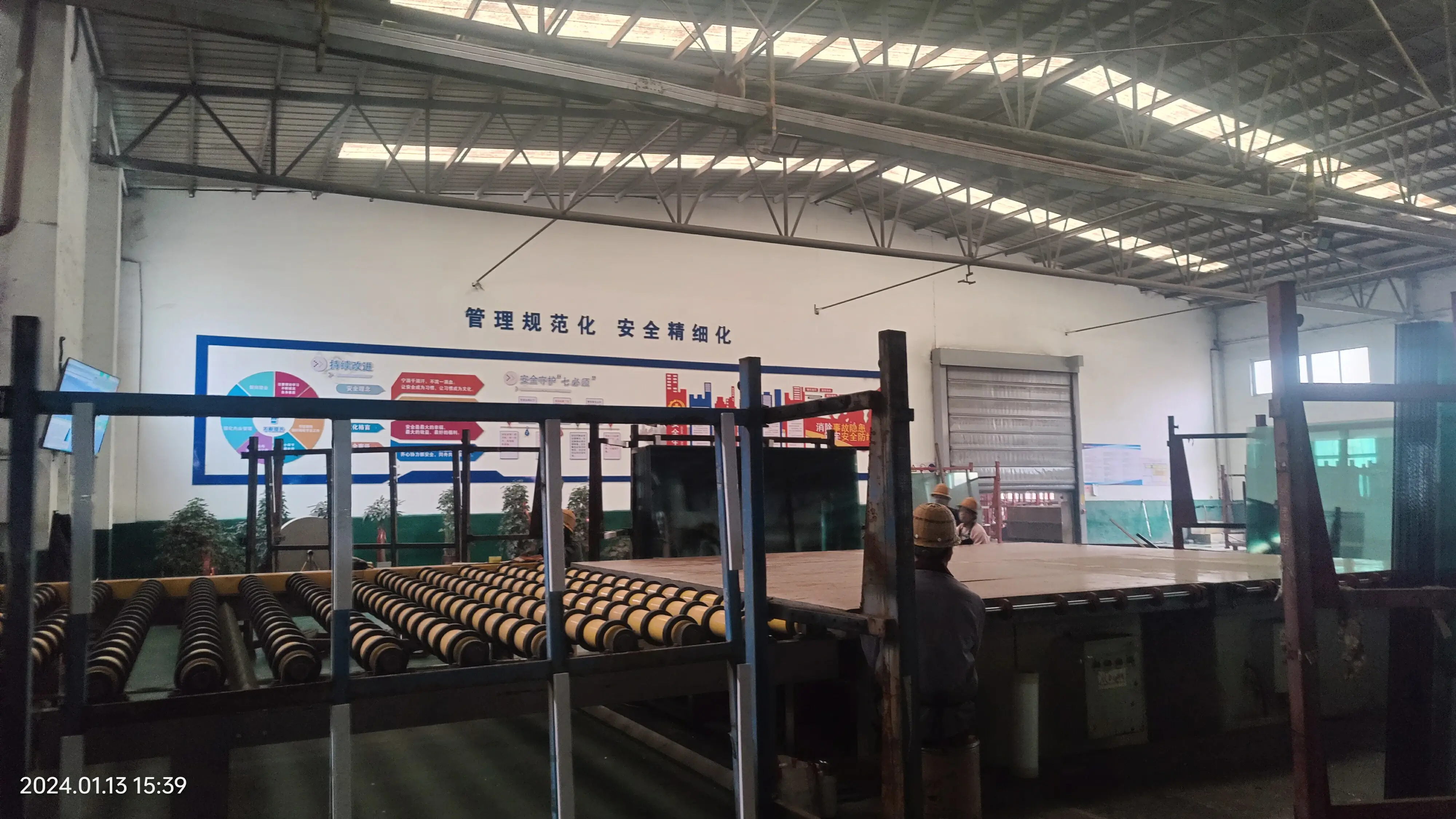

The Benefits of Solar Low-E Glass A Sustainable Choice for Modern Architecture
In today's world, where sustainability and energy efficiency are paramount, architectural innovations have played a crucial role in redefining building design. One of the most significant advancements in this area is the development of solar low-emissivity (Low-E) glass. This innovative glass technology is making waves in the construction and renovation sectors, offering numerous benefits that align with modern environmental goals.
What is Solar Low-E Glass?
Solar low-E glass is a specialized type of glazing that reflects infrared light, which is responsible for heat transfer, while allowing visible light to pass through. It is coated with a thin metallic layer that helps minimize heat loss during colder months and reduces heat gain during warmer months. This dual functionality makes low-E glass an essential component in energy-efficient buildings.
Energy Efficiency and Cost-Effectiveness
One of the primary benefits of solar low-E glass is its ability to significantly enhance energy efficiency. With the rising costs of energy and the growing concern over carbon emissions, this type of glazing provides an effective solution. By minimizing the amount of heat that escapes in the winter and blocking excessive solar heat in the summer, buildings equipped with solar low-E glass can maintain a more consistent indoor temperature. This can result in reduced reliance on heating and cooling systems, subsequently lowering energy bills.
In fact, studies have shown that homes and buildings using low-E glass can experience energy savings of up to 30% or more compared to traditional glazing options. As a long-term investment, the initial cost of installing low-E glass is often offset by significant savings on energy costs over time.
Enhanced Comfort and Indoor Environment
Beyond energy savings, solar low-E glass also plays a critical role in enhancing indoor comfort. By reducing glare and maintaining a stable temperature, it creates a more pleasant living or working environment. The ability of low-E glass to block UV rays also helps protect interior furnishings, flooring, and art from fading, contributing to a healthier indoor environment.

Furthermore, with the improved insulation properties of low-E glass, it can mitigate the impact of external noise, providing a more serene atmosphere. This is particularly beneficial in urban settings where external sounds might disrupt daily activities.
Environmental Impact
As the world strives to combat climate change, the adoption of energy-efficient materials such as solar low-E glass is essential. By improving a building's energy performance, this glazing option reduces the overall carbon footprint associated with energy production. Utilizing less energy not only lowers greenhouse gas emissions but also conserves natural resources.
Moreover, as buildings account for a significant percentage of global energy consumption, making informed choices about materials can lead to a substantial decline in energy use across communities. Choosing solar low-E glass is a step towards sustainable architecture and design that prioritizes both environmental and human health.
Aesthetic Versatility
While the practical benefits of solar low-E glass are compelling, it is essential to acknowledge its aesthetic appeal. Available in various styles and finishes, low-E glass can be incorporated into a wide range of architectural designs without sacrificing appearance. Architects and designers appreciate its ability to seamlessly blend functionality with beauty, allowing for expansive glass facades and large windows that flood interiors with natural light while still providing thermal efficiency.
Conclusion
Incorporating solar low-E glass into building design is not just an option but rather a necessity in our pursuit of sustainability. With its combined advantages of energy efficiency, comfort, environmental benefits, and aesthetic versatility, it stands out as a leading choice for modern architecture. As more individuals and businesses recognize the importance of sustainable practices, solar low-E glass will undoubtedly continue to gain prominence, paving the way for a greener and more energy-efficient future. Embracing this innovative technology is a forward-thinking step toward responsible construction and operation, benefiting both occupants and the planet alike.